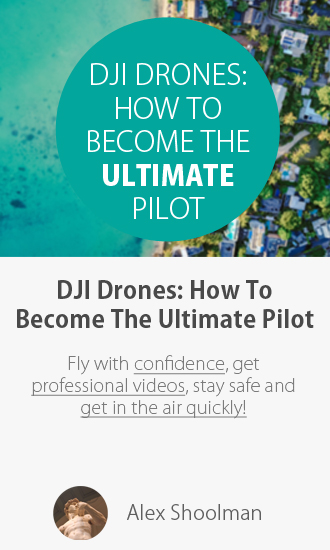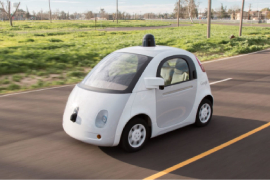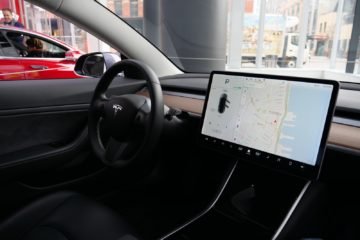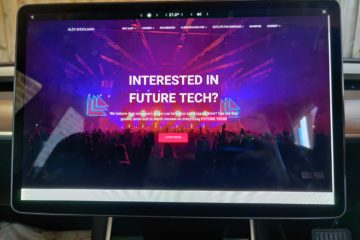There has been a lot written about Tesla’s absolutely cutting edge self driving system, otherwise known as AutoPilot. From freeway driving to the latest hit called Smart Summon it’s drawn almost every reaction out there.
From amazement to hostility to it being called “magic”, AutoPilot has grown in leaps and bounds to be an industry leading driving system today. But it has even higher aspirations so today we’re going to look into what it is, where it’s aiming for and more importantly, try and roughly estimate a potential time line that it should follow.
What Is Tesla AutoPilot?
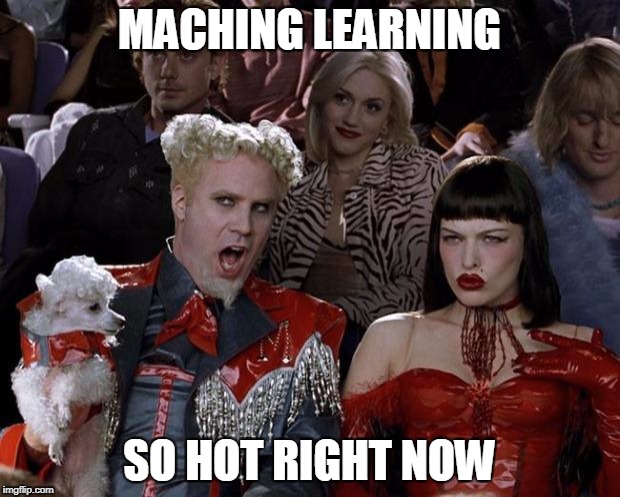
To begin with let’s define exactly what Tesla AutoPilot is for those that might not know. As of this piece being written AutoPilot is made up of a few key things:
- Summon / Smart Summon: Used via the Tesla app, Summon allows owners to have their car drive itself in a car park without any human inside. The car will turn on, then navigate and come pick you up from wherever it’s parked so long as you’re within 65 metres.
- AutoPilot: Used on the freeway, current AutoPilot completely drives the car (braking, accelerating and steering) while you as the driver sit and monitor it with your hands on the wheel ready to take over if needed.
- Navigate on Autopilot (NoA): This further adds capabilities to regular AutoPilot by allowing the car to automatically change lanes by itself, overtake slow cars and even navigate freeway interchanges.
It should also be noted that although it’s not officially supported by Tesla, AutoPilot can also very handily drive itself on non-freeway roads too. Provided the road is well marked and is simply a road (ie. no stop lights, round abouts etc) AutoPilot can easily drive for 10 straight minutes or longer without any interruptions.
I personally use it for about 80% or more of driving even though most of my routes aren’t on freeways. You simply let it drive right up until the light, turn it off, drive through the light yourself then turn it back on again. It’s especially solid in bumper to bumper traffic too and makes things very relaxing indeed.
We also need to define a few specific points when it comes to “Full Self Driving” (FSD) as it’s not just one thing and has been described many different ways. So below are a few different stages that we’ll go through over the next few years:
- FSD, human in the car, human supervision required:
Commonly referred to by Elon Musk as “Feature Complete FSD” this is where a Tesla can handle “most” driving situations like stop lights, turning corners, city streets etc but by no means everything. This would still require a human to be in the car and monitoring it at all times. Tesla expects this to be live in Tesla cars around the world by the end of 2019 - FSD, human in the car, no human supervision required (1):
Stage 1 of this is where regulators still haven’t given the approval for “no human supervision”, but Tesla is confident in saying humans could basically sleep in the back safely while the car drives itself anywhere. They expect this to occur around the end of 2020 - FSD, human in the car, no human supervision required (2):
Stage 2 of this is where both Tesla and regulators have given full approval for FSD without any human supervision. The human is still supposed to be in the car though. This is the real point where things change dramatically. You can play on your phone, sit in the back, sleep, whatever you want legally all while your car drives you like a chauffeur. As this is based on regulators in different countries it’s hard to pin down a date for this. - FSD, no human in the car, no human supervision required:
At this point we get to the real end game. This is where the car fully drives itself with no human in the car and fully approved by regulators. This is another key pivot point as once there’s no need for a human to be in the car then robotaxis can become a real thing.
Tesla’s Vision
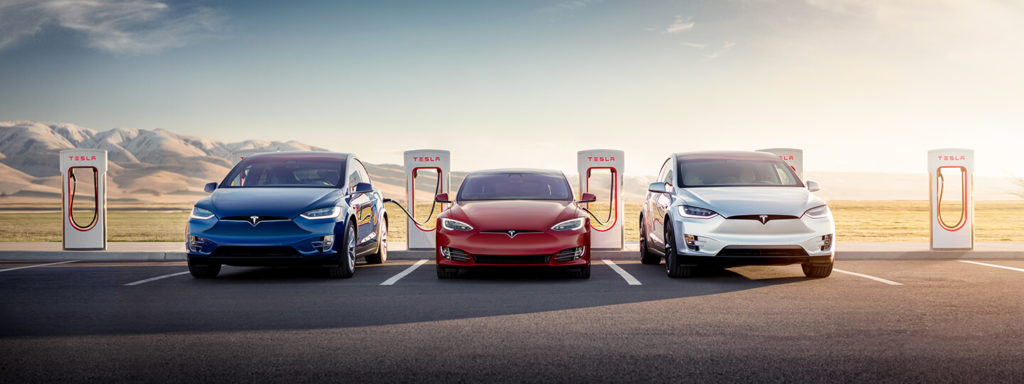
Tesla is quite unique in the auto world because although many other car makers or tech companies are promoting and trying to crack FSD, Tesla controls the full software and hardware stack from top to bottom.
They design the AI chips and computers, they build the AI neural nets and they build the cars. No other company comes close to having all these pieces and with AI this vertical integration can make a huge difference.
Another import aspect is their vision which has been crystal clear for many years now both around all electric cars and lately FSD. While the “Master Plan” part one mainly focused on creating a mass market, high volume and affordable EV (the Model 3) the second part has special focus on FSD.
So, in short, Master Plan, Part Deux is:
Tesla
Create stunning solar roofs with seamlessly integrated battery storage
Expand the electric vehicle product line to address all major segments
Develop a self-driving capability that is 10X safer than manual via massive fleet learning
Enable your car to make money for you when you aren’t using it
The above specifics on both autonomy and sharing has been published on Tesla’s website since July, 2016. That’s more than 3 years that they’ve been super focused on a very long term and concrete goal of FSD.
In this piece written by Elon Musk he explicitly describes how Tesla cars will be “fully self-driving with fail-operational capability”. There is also no mincing of words here, their goal is to have the cars fully drive themselves so that they can then become “robotaxis”.
You will also be able to add your car to the Tesla shared fleet just by tapping a button on the Tesla phone app and have it generate income for you while you’re at work or on vacation
Tesla
It should also be especially noted that this is a core part of their business not just a mere side project like most other car makers. It literally makes up half of their company goals for the next 10 years! A while ago at their Autonomy Day Elon flat out said their “entire expense structure is being spent on Autopilot”.
The only other companies that are that focused on FSD are ones that are entirely FSD companies like Waymo. As such, they have dedicated massive amounts of resources to it. They’ve hired leading chip designers and built from the ground up their Tesla FSD Computer. A custom AI chip designed by Tesla for Tesla software and FSD.
This beast of a chip gives them a considerable lead over existing car makers as they have to rely on 3rd party chip makers like nVidia and then try and integrate other 3rd party software into it. The result is less efficient hardware running less efficient software. This manifests as a worse product that takes up more resources/power and that is updated less often.
This hardware and software advantage of Tesla’s is then further enhanced by their focused goals. Make no mistake, software systems like FSD will end up being just like most other operating systems or tech systems. You have one major winner (eg. Google for search, Microsoft for desktop OS’s, Android for mobile OS’s) and usually 1-2 other “runner up” companies that soak up the remaining 5-25% of left over market share.
FSD will be exactly the same in 10 years time where we will likely see one single company with the overwhelming majority of market share and 1-2 others with ~20% or so. Usually (but not always) the first to market ends up “taking all”. Tesla’s vision, super aggressive approach combined with their already hardware and software leads makes it highly likely that they’ll “win”.
Future Predictions 2019-2025
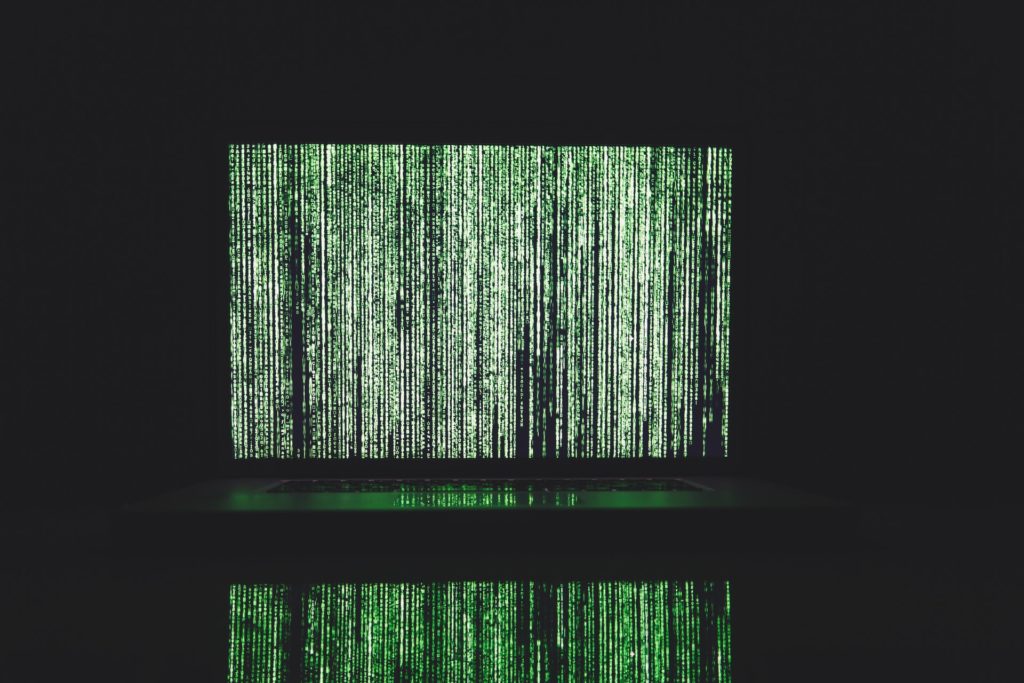
Estimating things is hard, even more so when you’re talking about an artificial intelligence that is likely to grow at an exponential rate as more and more cars get built and put on the road. So in order to help us try and get at least somewhat accurate results I’m basing my estimates off another extremely famous and hugely data-hungry AI system that was developed over the past few years by Google and their DeepMind company.
AlphaGo is an AI program that was built by DeepMind in order to conquer the extremely complex and old Chinese game called Go. only a few years ago it was assumed by leading computer scientists that having computers solve this game or even beat humans was basically impossible.
There were existing applications out there that tried, but of course they weren’t particularly great and nowhere near beating a world-class champion Go player. Until DeepMind came along…
It took DeepMind’s AlphaGo AI around 2 years to go from initially beating a professional Go player on a full-sized board, to being utterly super human and undefeated by any human ever. It is now clearly super human at playing Go.
If we use this as a very rough proxy for Tesla’s FSD AI, it indicates that once it’s fully feature complete (ie. can play on a full sized board) and can drive safer than an above average driver, it will take a further 2 years to become super human.
Currently Tesla is stating that it should be fully feature complete by the end of 2019. Let’s allow a further 6 months for the system to become better than your average driver and this means our starting point is about Mid 2020.
By Mid 2022 this means it should be “super human” at driving. At that point I’d say regulators are going to be reasonably OK with allowing it to drive with no human supervision. You would still have to be in the car, just not paying attention to it. This would get us to the “FSD, human in the car, no human supervision required (2)” point from above.
Not long after that – maybe another year of huge, world wide fleet learning – and I think it’s quite possible a country somewhere will make it legal for them to drive without any human being required in the car. This would be the “FSD, no human in the car, no human supervision required” point and it’s here robotaxis are a go. So in short we have roughly:
- Mid 2020 – “Feature Complete” FSD Released
- Mid 2022 – AutoPilot is “super human”, regulators allow no human supervision
- 2023/24 – Regulators allow driving without humans in the car (Tesla Network goes live)
Regional Delays

All the above predictions should hopefully be accurate but do note they’ll happen “somewhere” in the world not everywhere simultaneously. Different countries are going to take different lengths of times to allow these various steps to proceed.
On top of that Tesla will have to adapt and tweak their AutoPilot systems for each country and region given driving is very different from place to place. As a result we may see regulators in America allow Tesla’s to drive without any human supervision in 2022… but then have it take until 2024 for European regulators to do the same.
Regardless of this I think that once one countries allows it, especially robotaxis, every other country will have little choice but to approve it very quickly as well.
This prediction comes purely from a competitive advantage point of view. Imagine a country that has all the advantages (both economically and safety wise) of fully legalised robotaxis. They will be able to offer services and products to others at much lower prices and out compete the other countries that don’t have this advantage.
As such companies will be screaming at regulators to “hurry up” while normal citizens will also be screaming too. People will want to get robotaxis that are 10x cheaper than human taxis when they’re going to/from work, when they’re coming home after a party and so on.
By 2025 the world will be a substantially different place. The sooner we can transition the majority of “driven miles” to all electric robotaxis the better it will be for everyone. CO2 emissions will be reduced, car deaths will be reduced, the cost you pay for transport will be reduced and more. Personally I can’t wait!
The benefits include: 1) How to get those silky smooth videos that everyone loves to watch, even if you're new 2) How to fly your drone, from taking off to the most advanced flight modes 3) Clear outlines of how to fly with step-by-step instructional demonstrations and more 4) Why flying indoors often results in new pilots crashing their drone 5) What other great 3rd party apps are out there to get the most out of your drone 6) A huge mistake many pilots make when storing their drone in the car and how to avoid it 7) How to do all of these things whilst flying safely and within your countries laws.
